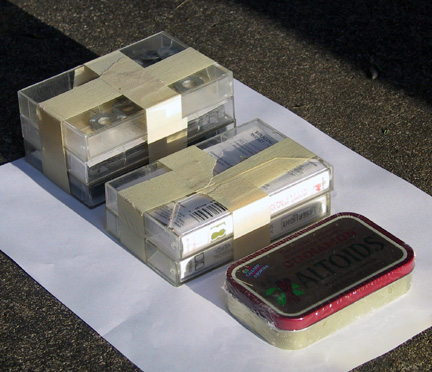In buying a digital camera the first decision you need to make is how do you plan to take the camera with you to shoot photos. To simplify the discussion let us divide cameras into those which you can carry around in your pocket or purse and those that you would carry around in a camera bag. The advantage of having a camera that you can carry around is that you can take a picture anytime you see something worth photographing. However, the quality of pictures from larger cameras is slightly better than those of smaller cameras.
Caution: If you plan to put the camera in a pocket then avoid a camera that has a lens cap because it might come off in your pocket and you could scratch the lens, but a camera with a lens cap is probably okay for a purse. Also the width listed in specifications is the narrowest width. If the camera you are interested in has a bulge add 1/2 inch to the width for comparison purposes. Sites that review cameras usually have many photos of the camera so that you can easily judge this factor.
If you Plan on Carrying the Camera on Your Person, try the ALTOID Test
Before buying a camera that you intend to carry around with you, you need to decide for yourself what you feel is the largest size that you would be comfortable carrying around. To do this you might perform the Altoid test. In the picture below are objects that represent a range of camera sizes that you might carry around with you. The smallest is a unopened tin of Altoids (NET WT. 1.76 OZ (50g)). The next is two audio cassette cases taped together. Inside are washers so that the package weighs 200 grams. The largest is three audio cassette cases taped together with washers so that the package weighs 300 grams.
Some questions that the Altiod test will help you answer are: If you put the package in your pants, does it irritate you when you are driving? If it has been in your purse for several hours, do you decide it just takes up too much room? After performing this test in a pants pocket, I myself found the largest size irritating, I could live with the middle size, and I definitely prefer the smallest.

● The Altoids tin is less than 1 inch wide and unopened weighs about as much as the smallest cameras of which there are now at least 5 (depending on what cutoff width you impose). One of these cameras - the Fuji F700 - has a complete set of controls, and the others are point and shoot cameras.
● The two audio cassette cases taped together are 1.5 inches wide and there are 20 or so cameras this size and weight.
● The three audio cassette cases taped together are 2 inches wide and most cameras are smaller than this.
Another test that is Recommended is the Steve Big Hand Test
Steve of Steve's Digicams likes cameras larger than the smallest size because with his big hands he finds the smallest cameras too small to easily manipulate the controls. If this is likely for you, then go to a store selling digital cameras and pick them up to try the controls.
What size of camera is best for you?
In the camera selection procedure we use the camera width as the selection criteria.
If you need a camera that fits in a shirt pocket or very small purse consider a camera with a width of between 0 and 1 inch. There is a slight decrease in picture quality, but this may decrease with each new generation of models and the number of alternatives is increasing.
Suppose that having a camera that you can carry anywhere is a strict requirement for you. How large a camera do you need to take top quality pictures under almost all conditions? A Minolta F300 is about the size of the middle package, that is the width is less than 1.5 inches. A Canon S50 at 1.7 inches is larger than the middle package, but smaller than the largest. If you are comfortable with the middle size what do you get:
- Greater Choice - since many cameras fall in this middle size
- Better Pictures - since you do not have to go larger than the midsize to take great pictures
- Better Battery Time - since you can go longer without needing to charge the batteries
- Lower Price - since the smallest cameras command a premium price
However, the following is the major risk associated with purchasing a middle-size camera: If you go with the middle size and later decide that it is too big, the camera becomes a stay at home camera that you only use for special events. You miss all the shots you might have taken with a go anywhere camera. If you have any uncertainty at all, please try the Altoid test (mentioned above).
If you need a camera with an external flash it will have a width greater than 2 inches.